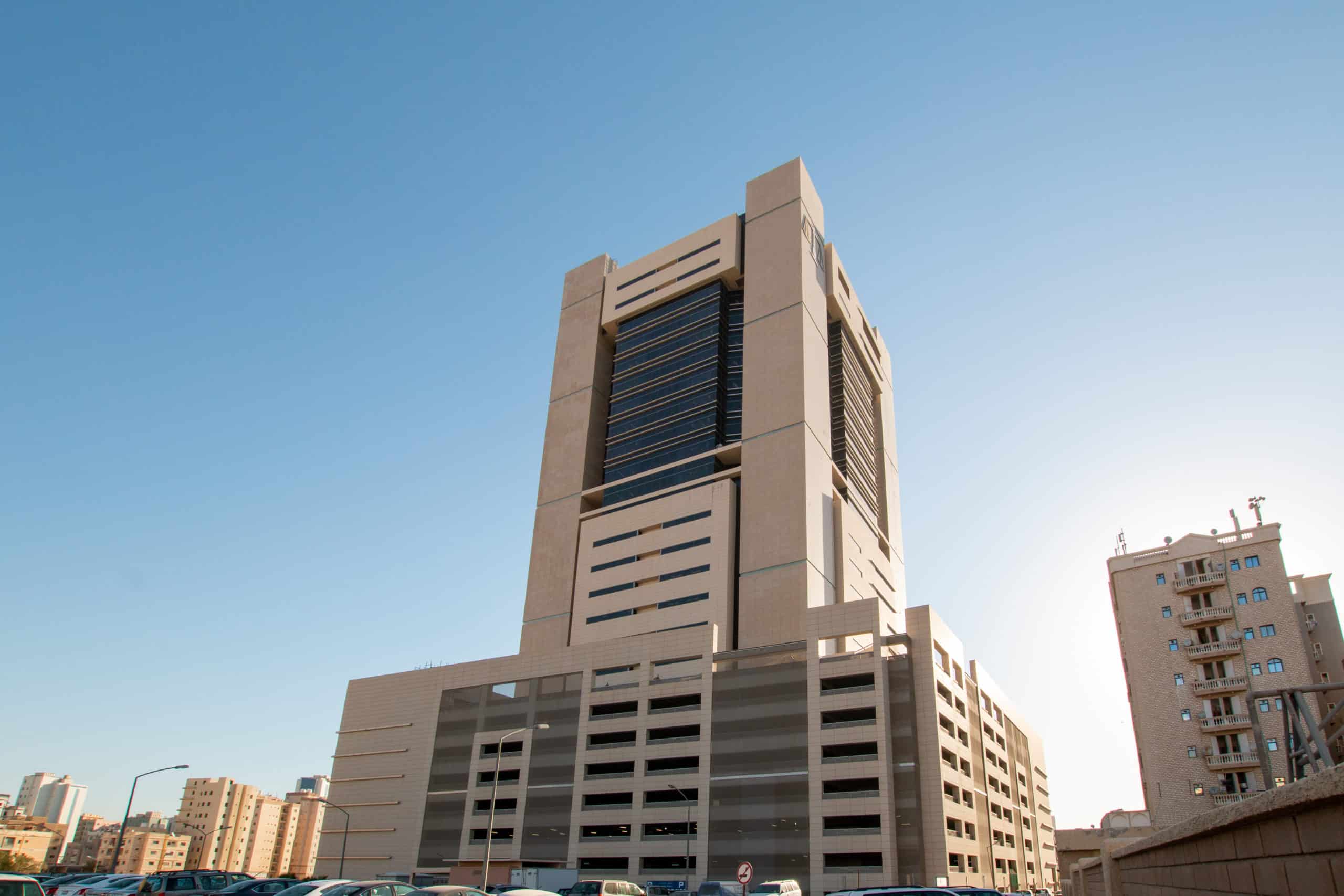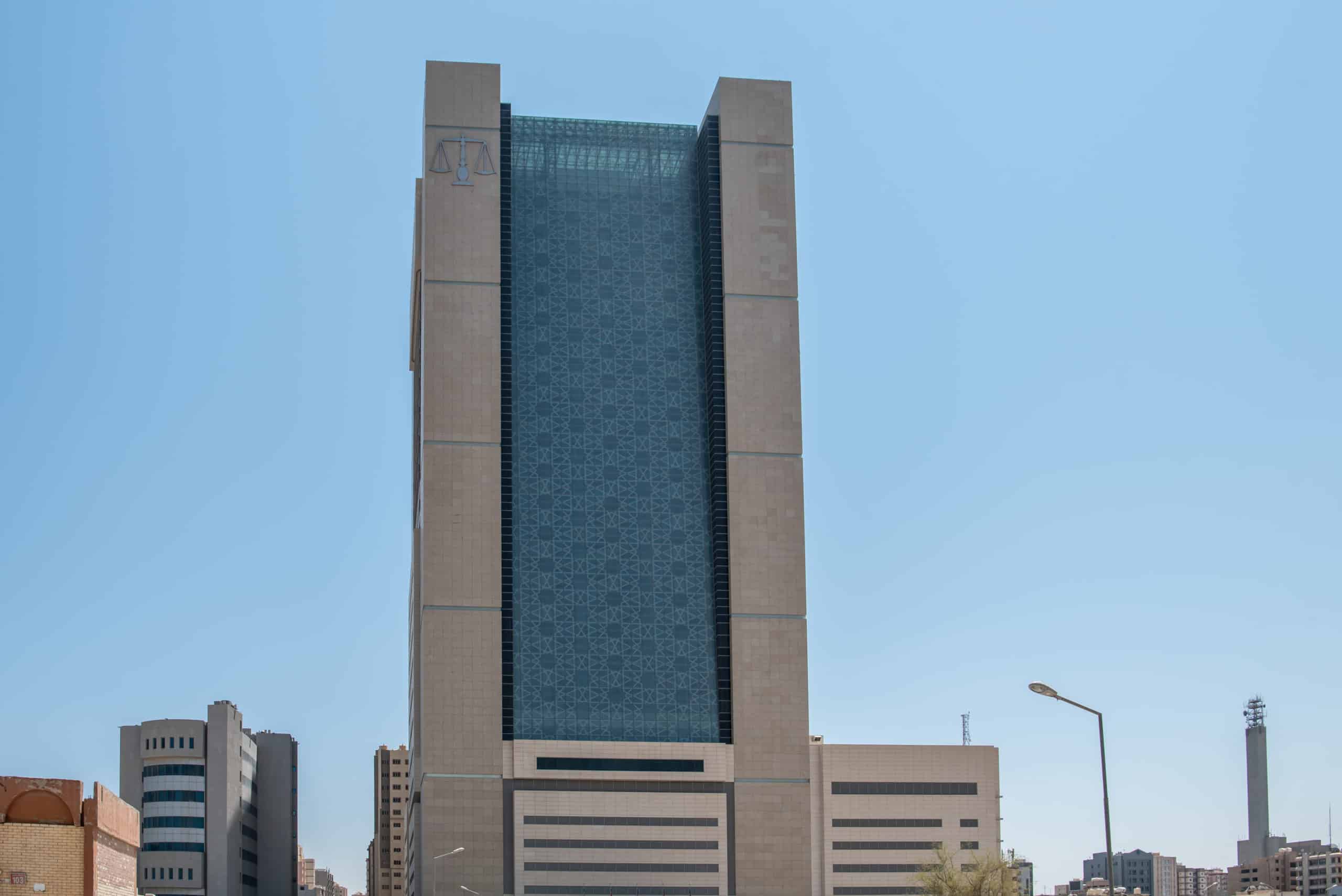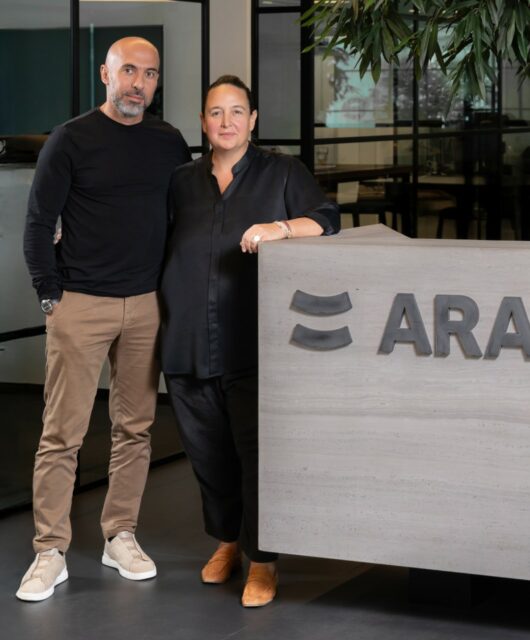
The Ministry of Public Works (MPW) collaborated with leading regional multidisciplinary firm, Pace, to undertake the design and construction supervision for the new Hawally Courts Complex. The project, to be handed over to its beneficiary, MOJ, has been delivered in accordance to the highest standards of quality and design excellence. Noting that Pace delivered most of the country’s smart judicial edifices, including the award-winning Farwaniya and Jahra Court Complexes, the firm is also in the process of delivering the new Palace of Justice of Kuwait.

Additionally, the building houses numerous facilities including prison facilities, a law library, archival storage, cafes, prayer rooms, seminar rooms, multi-use auditorium, public waiting, as well as the required areas for mechanical and service utilities. An adjacent multi-storey car park will house a total of 1,200 parking spaces. The project is also equipped with smart and modern systems, as well as clean energy systems that save on electrical energy consumption.
Elaborating further, Pace CEO, architect Tarek Shuaib, said: “The new Hawally Courts Complex project, which currently stands as the tallest and one of the largest buildings in Hawally area, is located within its commercial and administrative district. The project aims to provide a larger and more modernised facility in order accommodate the increasing number of users in Hawally Governate, in addition to minimising congestions at the temporarily existing Hawally District Court building until it is fully replaced”.
From a design point of view, Shuaib mentioned that Pace sought a design that could symbolise the foundations of stability, permanence and stature within a society portraying equality and fairness for all. Externally, the architectural envelope is enlivened by the use of a contemporary interpretation of an Islamic pattern. According to Shuaib, the architectural mass makes best use of the site and expresses the gravity and importance expected from a building of this stature. “The surfaces, both glazed and solid are linked all the way around the building by the use of the pattern in order to reflect a traditional theme in a contemporary manner” he added.








